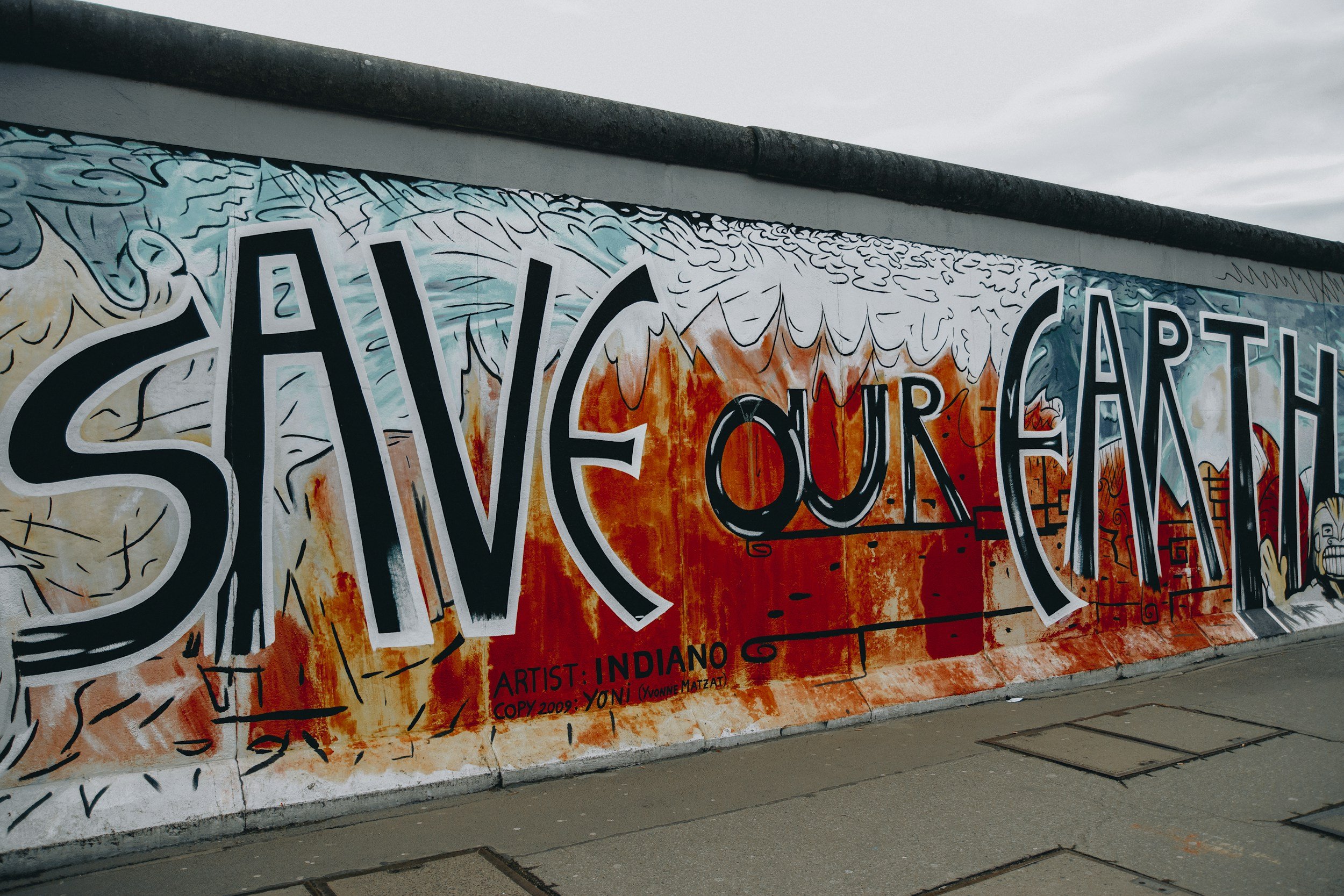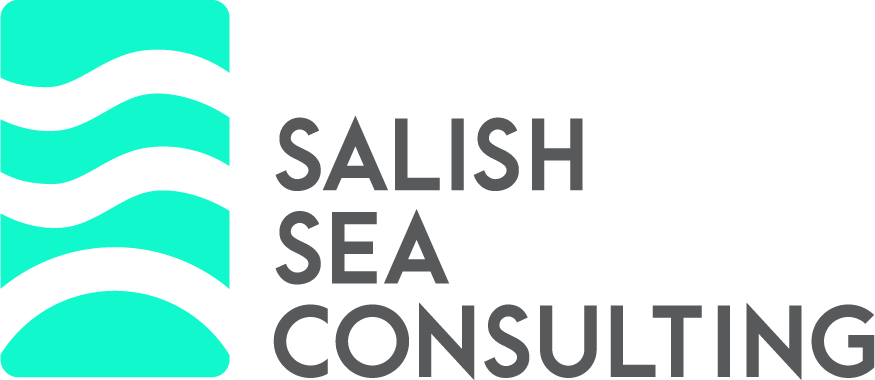A Guide to the Collective Impact Model

How to Drive Collaborative Change
Creating meaningful and lasting change in our communities requires collaborative efforts from multiple stakeholders, working together towards a common goal. In recent years, the collective impact model has gained significant attention and recognition for its ability to drive collaborative change in the nonprofit sector.
In this guide, we explore the key elements of the collective impact model and provide valuable insights on how to successfully implement it in your own community. Whether you are a nonprofit leader, a community organizer, or simply someone who is passionate about making a difference, this guide will equip you with the necessary tools and knowledge to drive transformative change through collective impact. Let's dive in and discover the power of the collective impact model in driving collaborative change.
What is the Collective Impact Model?
The Collective Impact Model is a powerful framework that has been increasingly utilized in various sectors, including public health and the nonprofit sector. This model brings together diverse stakeholders towards a common goal, emphasizing collaboration and collective action.
Understanding grant writing vs proposal writing helps to build an effective collective impact model.
In the context of public health, a collective impact model recognizes that many social issues affecting health outcomes require the collective efforts of multiple organizations and sectors. Rather than working in isolation, this encourages organizations to work together to address complex challenges.
Similarly, the collective impact model has gained recognition within the nonprofit sector for its ability to foster collaboration among organizations. It acknowledges that no single organization can single-handedly solve complex social problems, such as poverty or environmental degradation.
The Collective Impact Model framework consists of five essential components.
- Calls for the creation of a common agenda that unites participants around a shared vision and goals.
- Emphasizes the need for shared measurement systems, ensuring that organizations are tracking progress toward the agreed-upon goals.
- Highlights the importance of mutually reinforcing activities, where organizations align and coordinate their efforts to amplify their impact.
- The model stresses the need for continuous communication among stakeholders to foster trust, transparency, and accountability.
The last component focuses on the importance of a backbone organization that provides leadership, coordination, and facilitation of the collective impact initiative.

The Collective Impact Model offers a promising approach to addressing complex social issues that require the collective efforts of multiple stakeholders. Its framework promotes collaboration, shared goals, and continuous communication, allowing organizations to achieve greater impact and sustainable change in our communities. Whether in public health or the nonprofit sector, the Collective Impact Model provides a roadmap for achieving collective action and tackling systemic challenges.
Benefits of the Collective Impact Model: A Collaborative Approach to Change
Addressing large-scale social issues requires collaboration and a shared vision. This is where it all comes into play, offering a structured and collaborative approach to drive meaningful change. Whether it is tackling public health challenges or addressing issues in the nonprofit sector, the Collective Impact Model brings together diverse stakeholders to work towards a common goal.
One of the key benefits of the Collective Impact Model is its ability to harness the power of collaboration. Through regular communication, collective decision-making, and coordinated efforts, it offers a unique opportunity to leverage the strengths and resources of each participant to achieve greater impact.
Another advantage of the model is the emphasis on data-driven decision-making and continuous learning. This approach allows for the monitoring and evaluation of outcomes, ensuring that efforts are effective and efficient.
Also, the model creates a platform for innovation and creativity. By bringing together diverse perspectives, expertise, and ideas, it encourages out-of-the-box thinking and promotes innovative approaches to solving complex challenges. This collaborative environment allows for the exchange of knowledge, best practices, and resources, ultimately leading to more sustainable and impactful solutions.
By fostering collaboration, data-driven decision-making, and innovation, it brings together a wide range of stakeholders to work collectively toward a shared vision. As we navigate the complexities of our world, it is crucial to embrace collaborative models like this, leveraging our collective strength to create lasting and meaningful change.
The Five Conditions for Collective Impact
Collective impact is a powerful approach that brings together different stakeholders to address complex social issues. Whether it's in the realm of public health or the nonprofit sector, the concept of collective impact has gained widespread recognition for its effectiveness. However, successful collective impact efforts require certain conditions to be met.
1) A common agenda.
2) Presence of shared measurement systems.
3) Need for mutually reinforcing activities.
4) Continuous communication.
5) Presence of backbone support organizations.
Achieving collective impact in the public health and nonprofit sectors requires five key conditions: a common agenda, shared measurement systems, mutually reinforcing activities, continuous communication, and backbone support organizations. When these elements are in place, stakeholders can work together effectively to tackle complex social issues and achieve lasting positive change.

Step-by-Step Guide to Implementing the Collective Impact Model
The Collective Impact Model is being widely embraced as an effective approach to address complex issues in various sectors, including public health and the nonprofit sector. This model emphasizes collaboration, shared goals, and continuous improvement to bring about meaningful and lasting change.
To implement the collective impact model successfully follow a well-defined step-by-step process. First and foremost, it is essential to establish a common agenda that brings together the key stakeholders who have a vested interest in the issue at hand. This ensures that everyone is working towards a shared vision, using their collective knowledge and resources.
Once the common agenda is established, the next step is to define mutually reinforcing activities. This involves identifying specific actions and interventions that each stakeholder can undertake to contribute towards the common agenda. These activities should be complementary, building on each other's strengths and expertise, to maximize impact and avoid duplication.
An essential element of the collective impact model is the creation of open lines of communication. Regular and transparent communication channels need to be established to facilitate information sharing, coordination, and learning among all stakeholders. This fosters a sense of trust and collaboration, enabling the collective to respond flexibly and adapt to changing circumstances.
By implementing the collective impact model requires a clear and inclusive process involving the establishment of a common agenda, defining mutually reinforcing activities, fostering open communication, and continuous monitoring and learning. By following this step-by-step guide, organizations in the public health and nonprofit sectors can harness the power of collaboration to bring about transformative and sustainable change.
Building a Strong Backbone Organization: Essential Roles and Responsibilities
A strong backbone organization serves as the backbone, or the central coordinating entity, of a collective impact effort. It brings together diverse stakeholders, facilitates communication and collaboration, and ensures that collective impact efforts stay on track.

A backbone organization is to foster a sense of collective ownership among its partners. By promoting inclusivity and co-creation, the backbone organization facilitates a sense of ownership that strengthens the commitment and investment of partners in achieving collective impact.
The role of a backbone organization is to provide support and guidance throughout the collective impact journey. This includes facilitating cross-sector collaboration, building and maintaining relationships, leveraging resources, and providing technical assistance where necessary.
In the nonprofit sector, where resources are often limited, an effective backbone organization should also take on the responsibility of resource mobilization. This involves actively seeking funding, identifying potential partners and sponsors, and creating strategies to sustain and scale the collective impact initiative. By securing financial and in-kind resources, the backbone organization ensures the long-term sustainability and viability of the effort, enabling it to make a lasting impact in the community.
Building a strong backbone organization is crucial for achieving collective impact in the public health sector and the broader nonprofit sector. By creating a sense of collective ownership, providing support and guidance, and mobilizing resources, a backbone organization empowers diverse stakeholders to work together towards a common goal.
Engaging Stakeholders: Strategies for Effective Collaboration
Effective collaboration is crucial for addressing complex challenges and achieving positive outcomes in various sectors, including public health. Engaging stakeholders is a key strategy to ensure that all voices are heard and that collective impact can be achieved. This article will explore some strategies for engaging stakeholders and fostering effective collaboration for collective impact in the public health field within the nonprofit sector.
One important strategy for engaging stakeholders is to create a shared vision. By involving stakeholders in the decision-making process and establishing a common goal, collaboration becomes more meaningful and impactful. This shared vision helps stakeholders to see the bigger picture and understand their role in achieving the desired outcomes.
By creating a safe and supportive environment, stakeholders will feel more comfortable sharing their perspectives, ideas, and concerns. This can be done through regular meetings, open forums, and networking events.
By defining roles and responsibilities, potential conflicts and misunderstandings can be prevented. It helps to allocate resources effectively and efficiently, ensuring that the collective impact in the public health field is maximized.
Engaging stakeholders and fostering effective collaboration is vital for achieving collective impact in the public health field within the nonprofit sector. Through these strategies, stakeholders can work together towards the common goal of improving public health outcomes and making a significant impact on the communities they serve.
Data-driven Decision Making: Using Metrics to Measure Progress and Impact
In today's highly data-driven world, organizations across sectors are increasingly relying on metrics to measure progress and make informed decisions. This holds true not only in the realm of business but also in impactful areas such as collective impact and public health. The ability to gather and analyze data provides valuable insights and helps organizations determine the effectiveness of their efforts.
The concept of collective impact, particularly in the nonprofit sector, emphasizes the importance of collaboration among different organizations to address complex social issues. Metrics enable these organizations to track the impact of their interventions and make data-driven decisions to drive positive change.
In the public health arena, data-driven decision-making plays a crucial role in improving the well-being of communities. By collecting and analyzing data on key health indicators, such as disease prevalence, access to healthcare, and health outcomes, public health organizations can identify areas of concern and design targeted interventions.
By utilizing metrics to measure progress and impact, these organizations can ensure they are making a tangible difference in the lives of individuals and communities. Embracing data-driven approaches allows for informed decision-making and ultimately leads to more effective and sustainable solutions to complex social and health challenges.

Sustaining Collective Impact: Ensuring Long-Term Success and Resilience
Sustaining Collective Impact: Ensuring Long-Term Success and Resilience
When it comes to tackling complex societal issues, such as improving public health or addressing challenges in the nonprofit sector, collaborative efforts are often the most effective approach. Collective impact, a structured and systematic way of achieving social change, has gained significant recognition and popularity over the years. However, sustaining collective impact initiatives for the long term can be a daunting task, requiring careful planning, ongoing commitment, and resilience.
One of the key ingredients for sustaining collective impact is maintaining a shared sense of purpose and vision. As public health and nonprofit organizations work together towards a common goal, it is essential to continuously reinforce the importance and relevance of the collective impact effort. This can be achieved by establishing clear objectives, setting measurable targets, and celebrating milestones along the way.
Another critical factor in sustaining collective impact is fostering collaboration and trust among diverse stakeholders. Public health agencies, nonprofits, community members, and other relevant partners must work together in a coordinated manner, sharing resources, expertise, and decision-making responsibilities. By promoting open and transparent communication channels, fostering a culture of trust and collaboration, and ensuring everyone has a seat at the table, collective impact initiatives can build enduring partnerships capable of weathering challenges and adapting to changing circumstances.
Resilience is also crucial for the long-term success of collective impact efforts. Challenges and setbacks are inevitable, but through effective planning, flexibility, and learning from failures, initiatives can bounce back stronger. Building capacity within the collective impact network to respond to unforeseen circumstances, whether it be shifts in funding or changes in the social and political landscape, is essential to ensure sustained progress towards shared goals.
In conclusion, sustaining collective impact initiatives in public health and the nonprofit sector requires a combination of shared purpose, collaboration, and resilience. By nurturing a common vision, cultivating trust among diverse stakeholders, and building institutional capacity for adaptation, the results can be profound. As we navigate complex social challenges, we must remain committed to the sustained success of collective impact efforts by continuously learning, adapting, and evolving together.
Empowering Change through the Collective Impact Model
In the realm of public health and the nonprofit sector, collective impact has emerged as a powerful model for empowering change. This model has proven to be highly effective in addressing complex social issues. Through collective impact, organizations and individuals can work towards a common goal, leveraging their unique strengths and resources to bring about lasting change.
One of the key benefits of the collective impact model is its ability to foster collaboration and generate innovative solutions. When involving stakeholders from different sectors, such as government agencies, community organizations, and businesses, collective impact initiatives can tap into a wide range of expertise and perspectives.
This diversity of input leads to a more comprehensive understanding of the problem at hand and allows for the development of creative strategies. This collaborative approach can be especially transformative in the field of public health where cross-sector partnerships are essential for addressing complex issues like access to healthcare and health equity.

Another advantage of the collective impact model is its focus on accountability and measurable outcomes. To track progress and evaluate the impact of their efforts, collective impact initiatives establish shared metrics and monitoring systems. This emphasis on data-driven decision-making ensures that resources are effectively allocated and that interventions are evidence-based. In the nonprofit sector, where limited resources are often a reality, this focus on outcomes is crucial for maximizing impact and justifying investments.
So, the collective impact model holds immense potential for driving social change and creating sustainable solutions. However, it is important to emphasize that successful collective impact initiatives require a commitment to equity, active engagement of all stakeholders, and long-term investment. By embracing this model, we can empower communities, amplify the voices of marginalized populations, and work towards a more equitable and healthier future for all.




